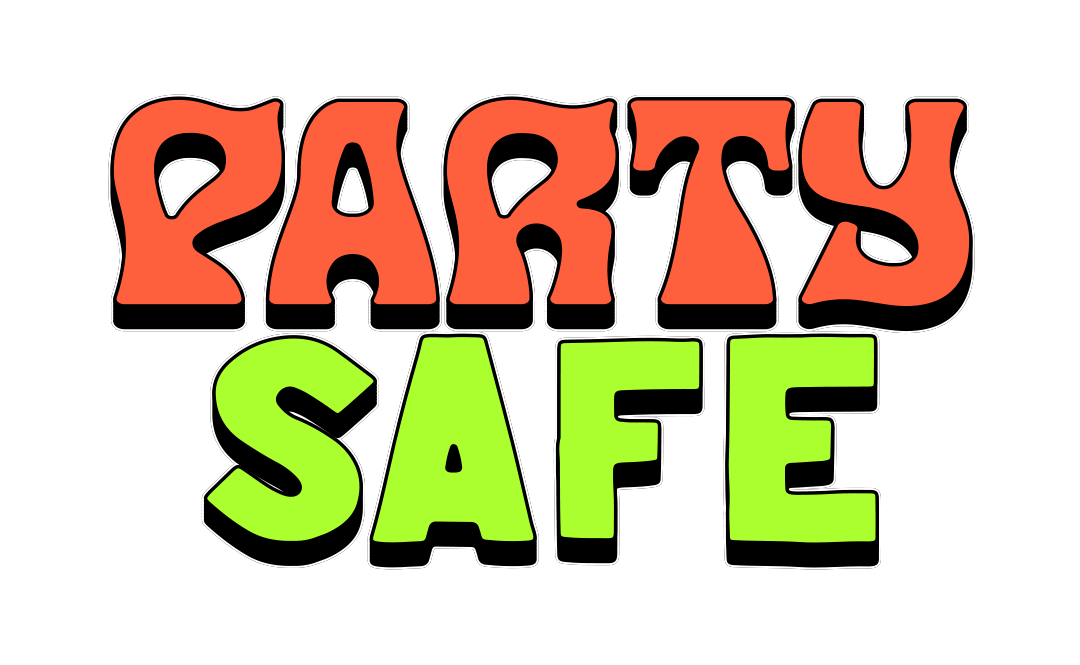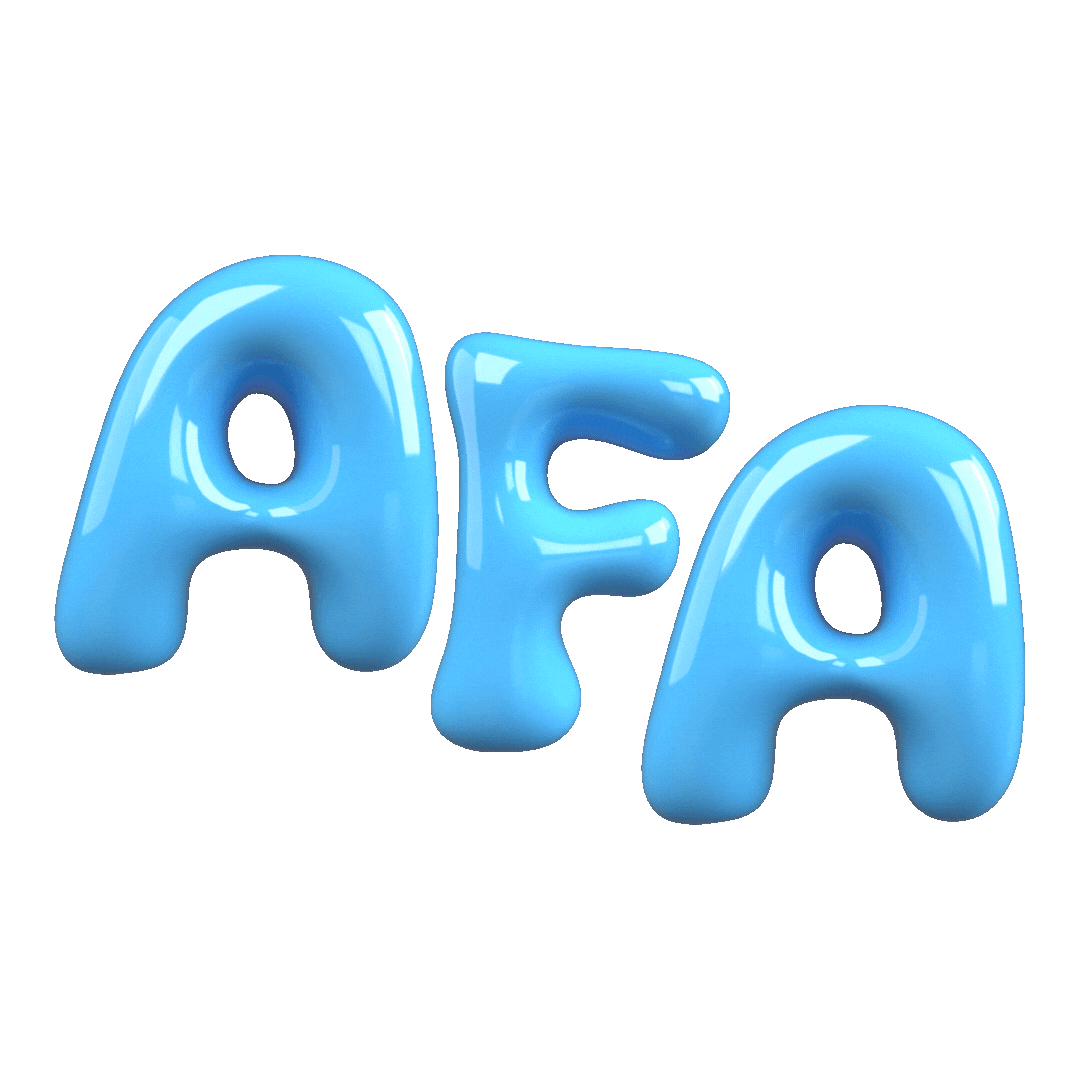


Free Staff Training Available
In addition to our Patron Safety Training, we also offer a free version designed specifically for festival and event staff.
This training helps staff and crew understand their role in supporting a safe and inclusive environment, and provides practical tools for responding to incidents onsite.
To request access, please get in touch with us at info@afa.net.au

Harm Minimisation Information
Drugs
The Drug, The Person, and The Place
The effect a drug will have on the user – positive or negative – depends on a variety of factors, but can broadly be summarised into three groups: The Drug, The Person, and the Place.
Various factors of the consumed drug will impact the effect on the user:
-
Chosen drug (and whether the substance is what you intended to consume)
-
Poly-use (combining multiple drugs)
-
Frequency of use
-
Amount used
-
Purity of drug
-
Route of administration (orally, inhaled, injected etc)
Various factors of the user will impact the effect of the drug when they use it:
-
General health of the person
-
Body size
-
State of Hydration
-
Pre-existing medical conditions
-
Use of other medications
-
Experience with the drug
-
Knowledge of the drug
The Place refers to external factors that can influence a person’s experience when using a drug. Examples of the place are:
-
Location of the experience
-
Intensity of stimuli
-
Control over stimuli
-
Social group person is with
-
Temperature
-
Humidity
Other Harm Minimisation
De-escalation
People subconsciously mirror each other’s behaviours and energy levels. This means if you bring aggressive energy, or meet someone else’s aggressive energy with aggression- you will get…. more aggression! If you consciously lower your energy level and remain calm, they are likely to follow suit.
You can do this by:
-
Slowing your breathing and bringing your awareness to your body
-
Do not launch into an attack or a defence, even if they are super wrong, take a moment of silence.
-
Gentle eye contact – be mindful that intense eye contact may be threatening.
-
Body language – relaxed, open hands, humble expression
-
Be mindful of your triggers, reactions, and how you personally deal with conflict. Here’s a hint – very few people in the world deal with conflict and criticism well – myself included.
-
Sometimes standing at an angle rather than front on can be less aggressive
-
Leaving the situation
Disarming is to take the heat/risk out of a situation or conversation. To better approach a tense, agitated or aggressive patron, try to remember the following phrase:
Thank F*ck for Vexatious Guy’s Advice.
T – Thanking someone for their confrontation
F – Finding some truth in criticism
V – Validating an aggressor’s feelings
G – Giving that person undeserved credit
A – Accepting more responsibility for a situation than you might deserve
Continue to remind yourself that this is nothing to do with you and everything to do with the person in front of you who has their own unresolved traumas and grief and anger.
Often a group situation can exacerbate tensions. It may be necessary for these situations to contact management via radio and/or seek support from other staff or care teams to keep friends and bystanders calm and as distanced from the patron as possible. Try not to draw unnecessary attention that can again make a situation quite performative.

harm minimisation
resources
act
Peer-Based Orgs & More
Government
nsw
Peer-Based Orgs & More
Government
tas
Peer-Based Orgs & More
Government

